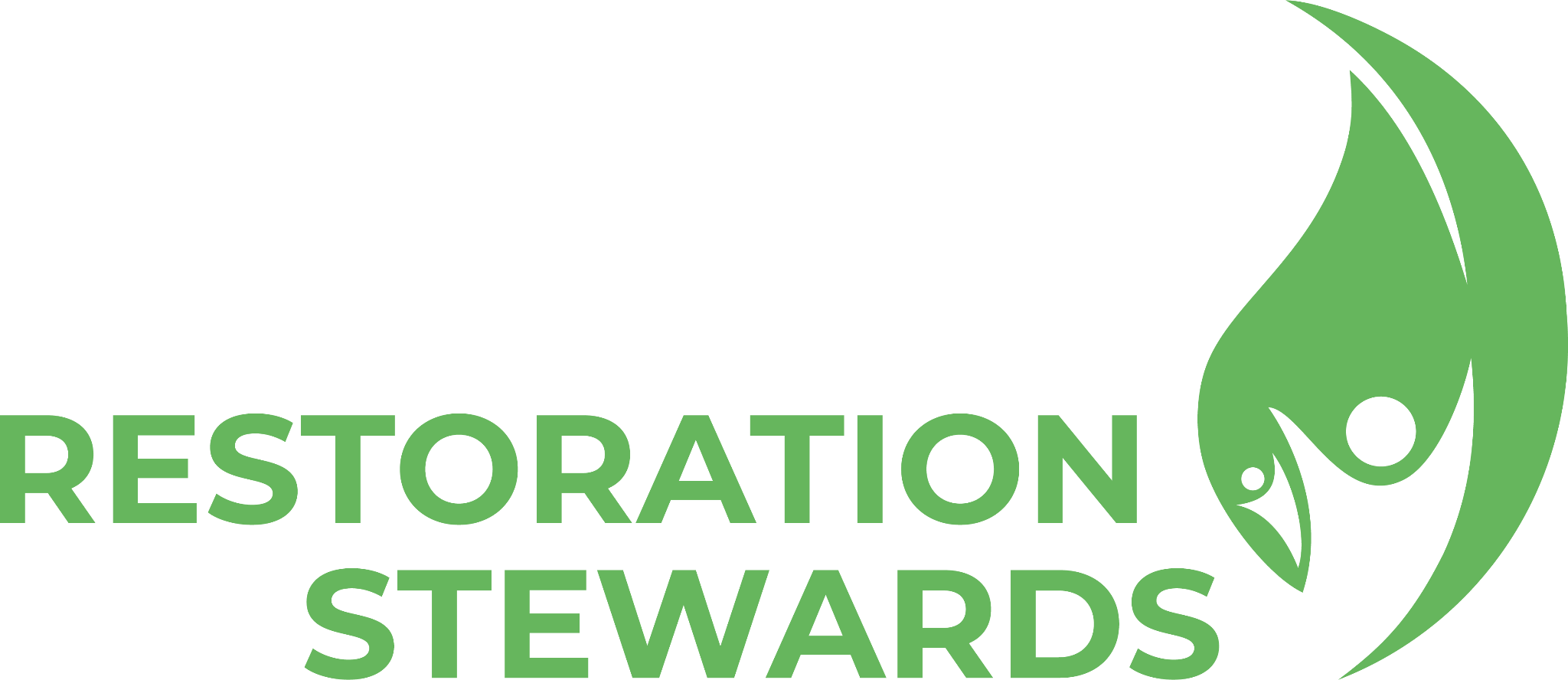How the school met the reef
Sri Lanka is an island, and our identity is defined by the splendor of the blue resources surrounding us. I developed my passion for the ocean thanks to three individuals; senior lecturer Ravinandana Gamachchige, journalist and conservationist Sudarsha De Silva and marine biologist Nishan Perera. They were the mentors who guided me on my path to learn more about these rainforests of the ocean.

I took my first breath of air through a scuba tank in 2016. It was an exhilarating feeling to see life underwater in a small patchy reef in Mirissa, Sri Lanka. The experience made me more curious to become involved in coral reef conservation. Later on, I had the unique opportunity to work as an intern at the Blue Resources Trust marine consultancy under the mentorship of Nishan Perera and Akshay Tanna. I managed to learn the ways of underwater surveying for reef health and fish abundance.
These surveys took place on the Kayankerni coral cove off the east coast of Sri Lanka. There, I saw this resilient reef that had acres of Porites domes which were around 500 years old. Small bush-like Acropora and Pocilopora along with cabbage-like Montipora were arranged parallel to the shoreline. After this experience, I became curious to understand the reef’s biodiversity and the ecosystem services it provides to local communities and the environment. Following the internship, I also received guidance to create the first high-resolution coral reef map of Sri Lanka at the species level. This was a significant milestone in my journey with the ocean, as this map was later used to declare the Kayankerni coral cove a Marine National Park.

While the reef is resilient, it also faces many threats from human activity. As an age-old tradition, communities have mined the corals to produce quicklime for construction purposes. This causes sedimentation, which is a growing threat as nutrients from rivers are washed into the ocean, causing algal blooms. Other threats to the reef include harmful fishing activities such as dynamite fishing, the use of ghost nets and damage from anchorage. It has always been my passion to bring the reef back to health by raising awareness amongst communities and encouraging active coral rehabilitation.
Following a call for applications by the Wageningen University and research-led Student Challenge on Nature-based Solutions, I managed to team up and join hands with four other young Sri Lankan activists who shared the same passion for nature and corals: Palindi Kalubowila, Chamil Karunathilaka, Bhagya Jayasundara and Pathumini Jayamanna. We wanted to merge the two concepts of ocean literacy and restoration, and hence “The School meets the Reef” was born.
Photo: Chamil Karunatilaka
Meeting the reef
Last July, we managed to find a site for our project: Kalkudah, located south of the Kayankerni Marine National Park on the east coast of Sri Lanka..The former jetty served as a natural harbor during British rule and is home to the endemic parrotfish Chlorurus rhakoura. It is also a hatching area for the endangered turtle speciesChelonia mydas and Lepidochelys olivacea.
Endowed with more than 210 reef fish species, as well as several coral species including Acropora, Montipora, Porites and Pocilopora, the site is in urgent need of restoration to protect its rich biodiversity.




After testing several parameters such as salinity, water quality, depth and pH, we found the site suitable for restoration through coral recruitment . Despite the ongoing economic crisis in Sri Lanka, which is affecting transportation, our team along with several volunteers from Earthlanka and the collaboration of the Marine Environmental Authority managed to deploy three reef balls into the site with around 50 fragments of Acropora and Porites attached to them. These heavy reef balls would not have made it to the ocean without the immense support of the local fisherman who had their oruwa artisanal fishing boat ready.
Back to school
At the same time, we also conducted two sessions on ocean literacy for 42 students living within the vicinity of Kalkudah. The program was mainly focused on the importance of coastal ecosystems and how to conserve them. Interactive sessions were also part of the program and included the modeling of coastal ecosystems, as well as scuba diving.

Photo: Chamil Karunathilaka
Seven months have passed since our initial deployment. We saw results every month with continuous monitoring efforts led by Chamil and other divers from among the Earthlanka volunteers. Based on these sessions, we found our methods to be both successful and replicable. Acropora had grown by 3–5 millimeters as measured from the last monitoring session in January. Although monitoring was difficult during the offseason due to strong winds and turbid water, we could still observe the growth of these coral fragments.
Photo: Mareva Meulemans
Path to COP27
With these tangible outcomes and the vast number of private-public stakeholders involved in our project, School Meets the Reef won the title of “best nature-based solution” among eight other projects submitted by fellow teams to the WUR Student Challenge. This gave our team the opportunity to bring our story to COP27 in Sharm El Sheikh. It was presented at the Action Hub and received considerable praise for its actionable objectives. It was a proud moment for the whole team to represent the efforts of Sri Lankan youth.
Our collective goal is to enter the second phase of our project and build further linkages with stakeholders both within Sri Lanka and globally. We hope to enable the coral reefs to become even more resilient and make the local community aware of the importance of these valuable ecosystems.
Photo: Aya Mounier







